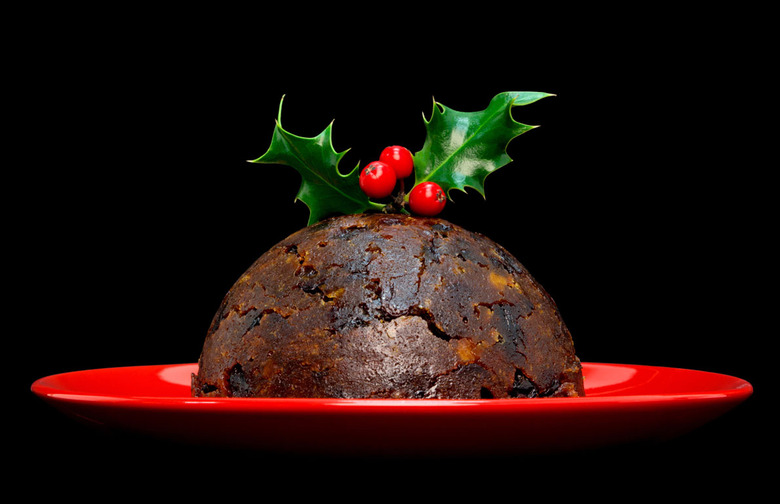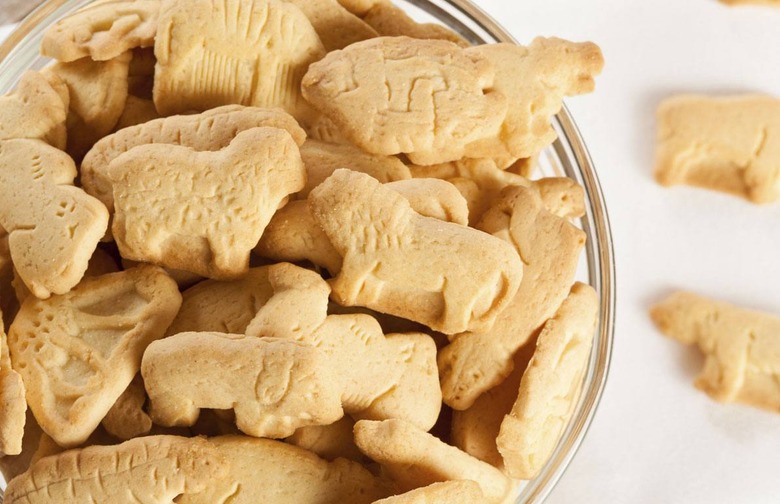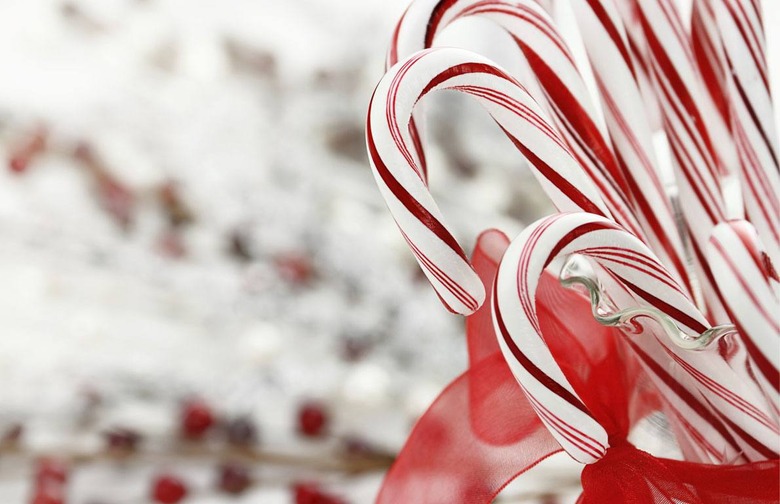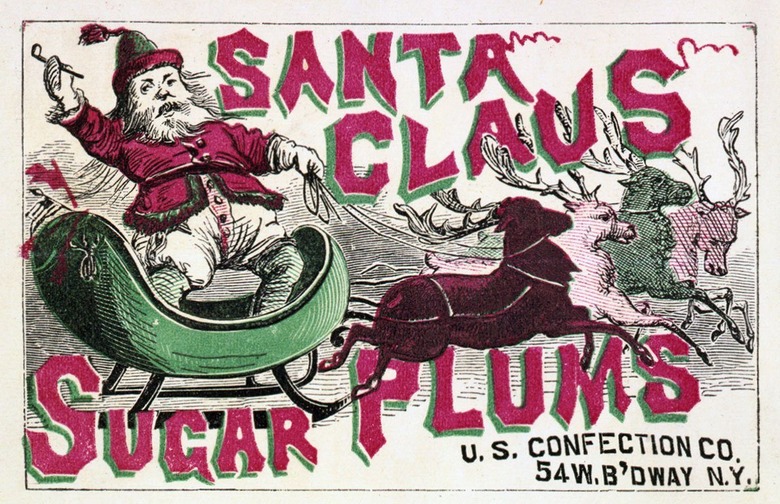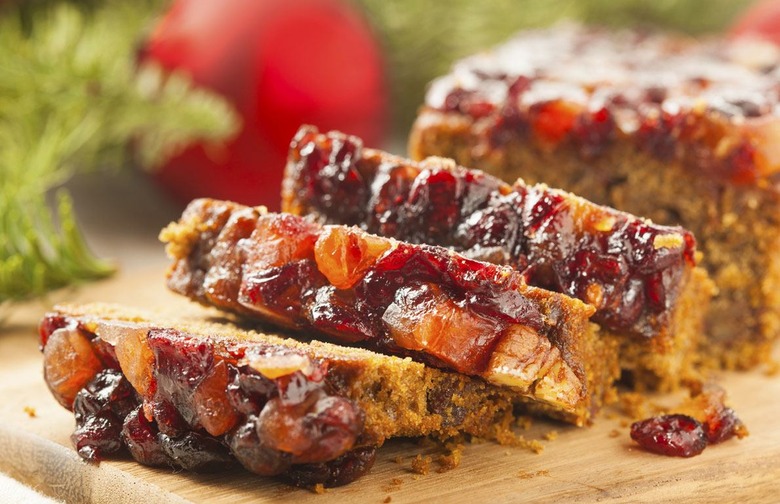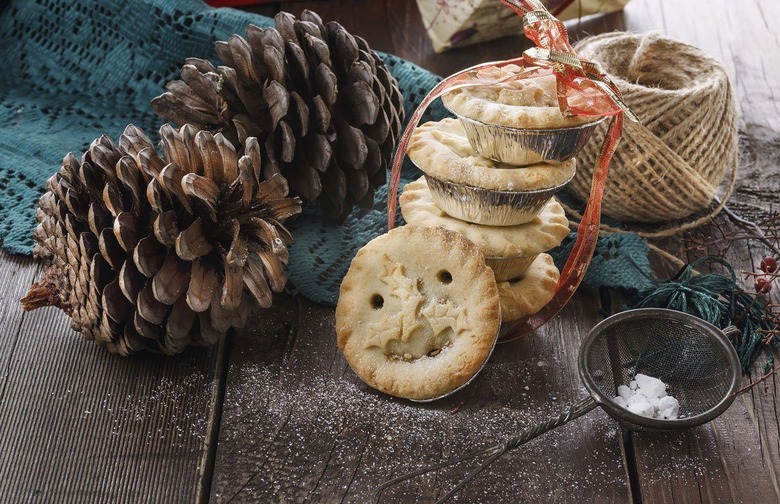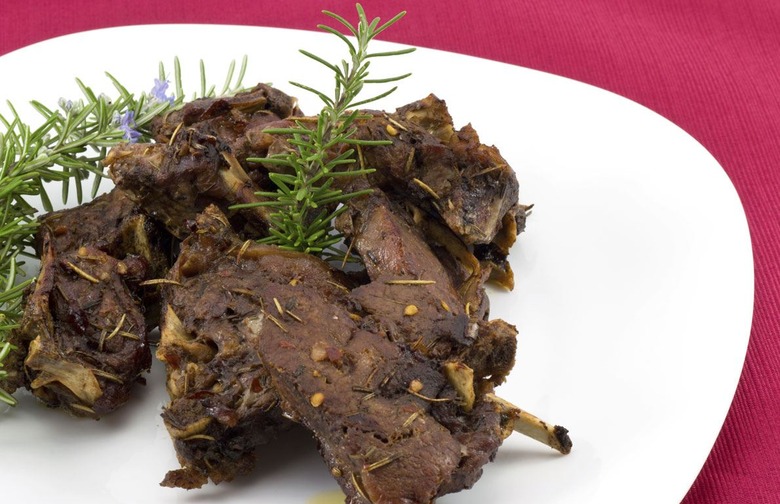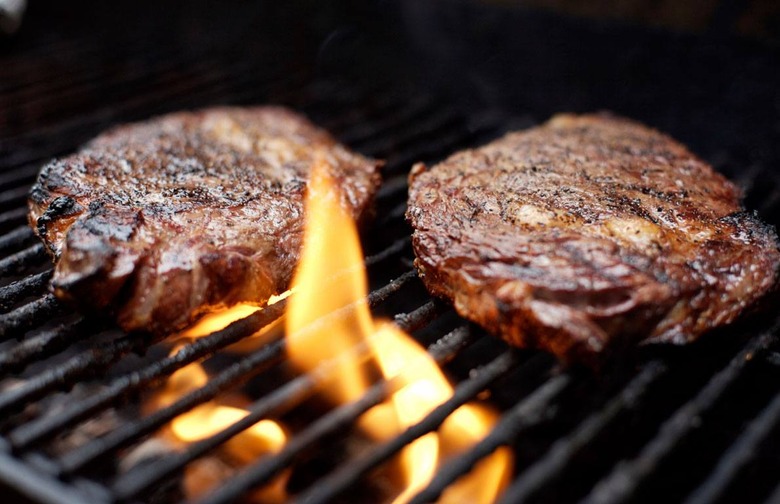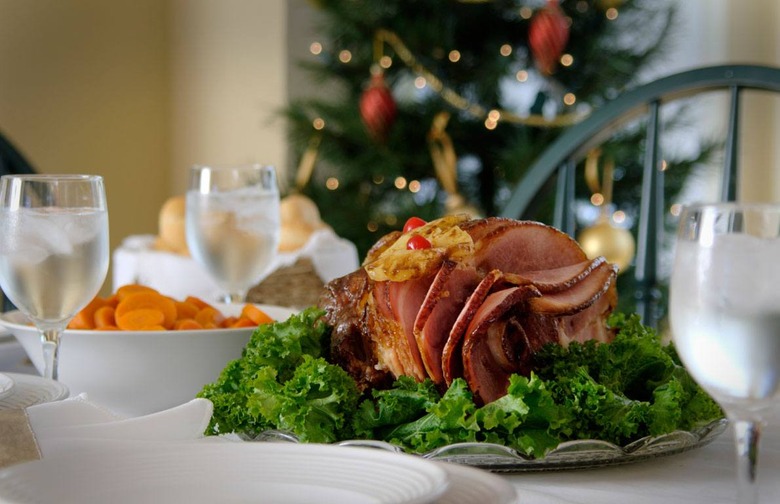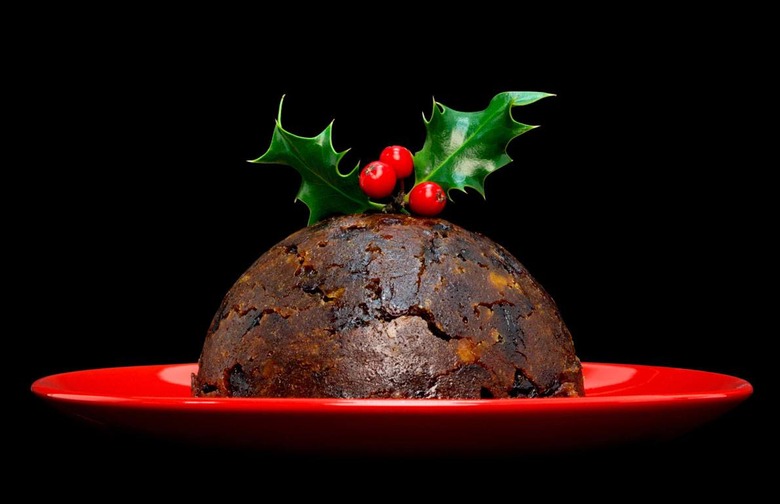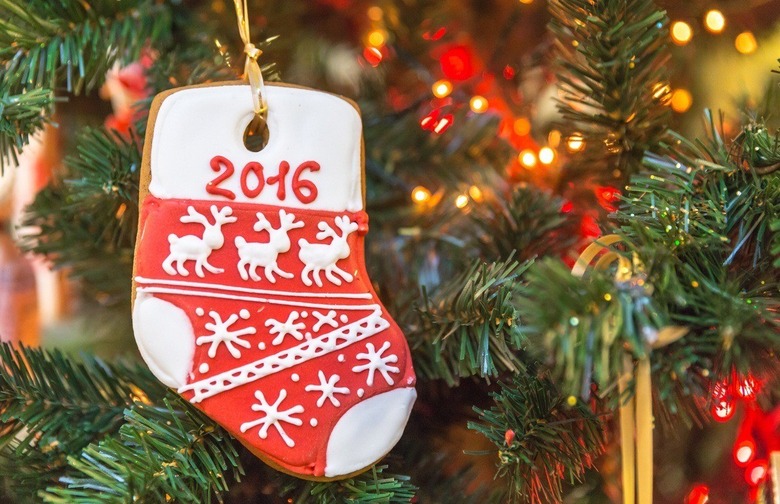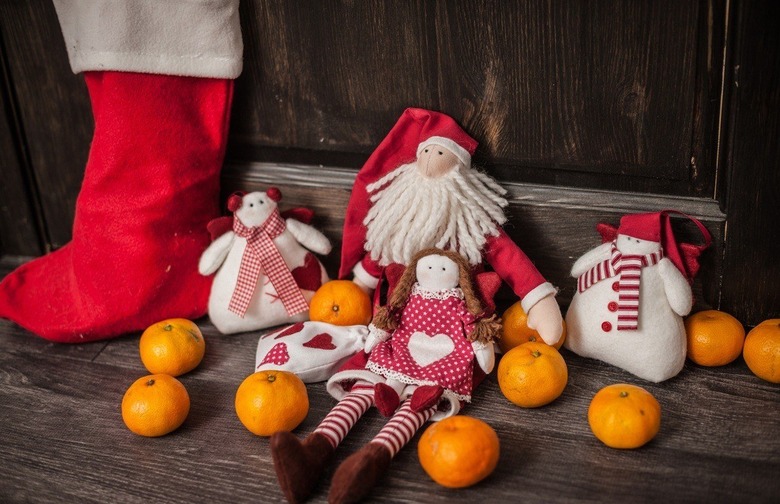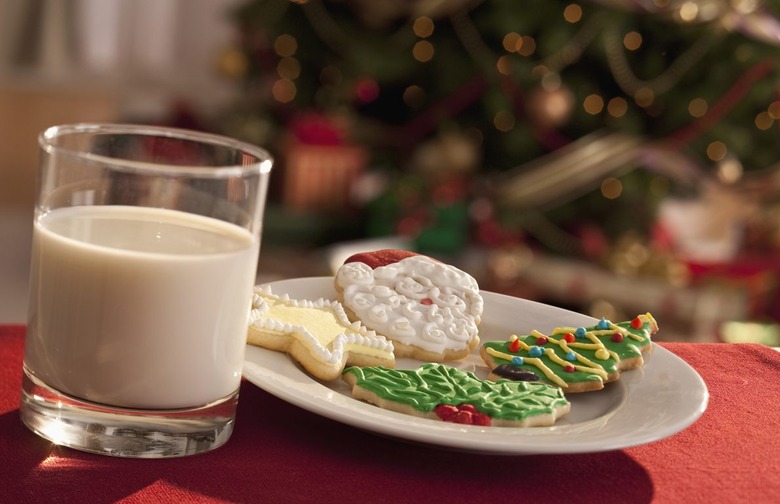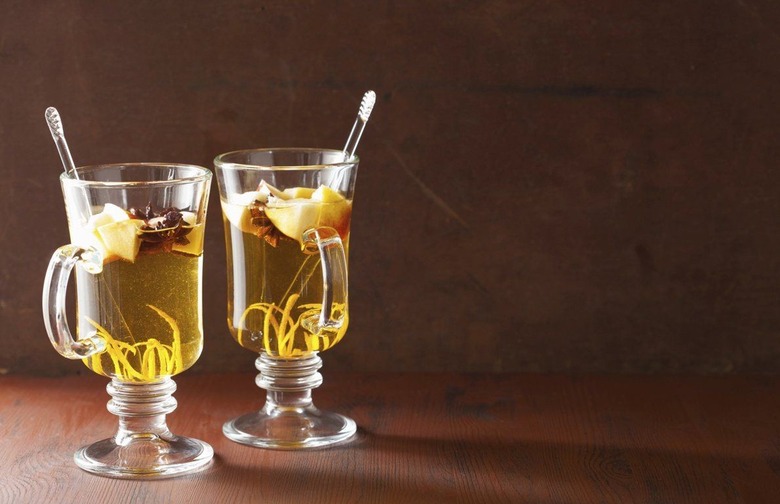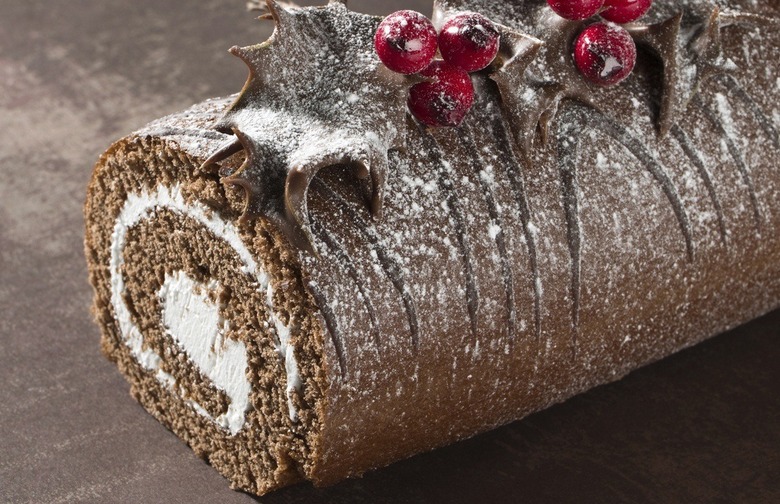Little-Known Facts About Classic Christmas Foods
For many of us, the biggest day of the holiday season is Christmas, and after all the presents are opened, that day's main event usually involves food. We bet that there are a lot of things you didn't know about classic Christmas fare.
Animal Crackers Were Originally a Christmas Treat
Animal crackers were first introduced around Christmastime in 1902. The string on the box was originally intended to be used to hang the boxes on Christmas trees.
Candy Canes May Have Been Invented to Keep Kids Quiet
Even though it's probably false, legend has it that candy canes were invented in 1670, when the choirmaster of the Cologne Cathedral commissioned candies shaped like a shepherd's crook so they could be handed out to children attending the church's crèche scene in order to keep them quiet. The stripes came later.
Sugar Plums Have Nothing to Do With Plums
From the Sugar Plum Fairy to visions of sugar plums dancing in children's heads, sugar plums definitely have a place in Christmas lore. But what are they, exactly? You might not have guessed by their name, but these sweet treats are a type of candy. The original sugar plums, which date back to the 1600s, were hardened sugar balls surrounding a seed, nut, or spice. Because the sugar layers were added via a technique called panning, the process was very labor-intensive, and the resulting treat was very expensive. In the 1860s, panning was mechanized so the product became much cheaper. They were called "plums" because of the small round shape of the original candies, not because they contained any actual plum.
Fruitcake Was Intended to Last a Year
If you've ever received a fruitcake as a gift, you probably know that those suckers can last for a long time without ever going bad, thanks to the preservative properties of the sugar and the booze they contain. Actually, that's a part of the design: they were originally intended to be baked at the end of the harvest season and saved to be eaten at the beginning of the harvest season the following year, for good luck.
Mince Pie Was Originally Topped With a Jesus Effigy
The earliest mince pies date back to medieval times if not earlier, and typically included minced meat, suet, fruits, nuts, and spices like cinnamon, cloves, and nutmeg. The pie was originally crustless, but over time a crust was added, and a pastry effigy of the baby Jesus was traditionally laid on top. Today, thankfully, meat usually isn't an ingredient.
Turkey Wasn’t the Main Dish in Medieval England
Roast turkey or another type of poultry is the main protein in a typical British Christmas dinner today, but back in medieval times the preferred poultry was actually peacock! Boar was also a Christmas mainstay. It wasn't until Henry VIII had turkey for Christmas in the sixteenth century that it became the norm.
Australians Usually Grill on Christmas
It's funny to think that Christmas falls right in the middle of summer Down Under, but it does. The meal is still based on traditional English and North American traditions, but in order to avoid the hot oven most Australians actually prepare their Christmas dinner on the barbie!
Christmas Dinner Typically Contains More Than 7,000 Calories
Between the wine, mixed nuts, cheese, multiple helpings of turkey and sides, pie, and booze, the eating and drinking done during Christmas Day alone can add up to more than 7,000 calories per person, according to one study. Maybe skip that second piece of pie this year.
The Largest Christmas Pudding Ever Was Huge
Eating Christmas pudding is a tradition dating back to many centuries. The traditional British dessert, commonly shortened to "pud," typically contains dried fruits, suet, treacle or molasses, and spices like cinnamon, cloves, nutmeg, and ginger. The largest Christmas pud in history was made in Aughton, Lancashire, in 1992, and weighed in at a whopping 7,231 pounds! As for mince pie, the largest in history weighed in at a comparatively measly 2,260 pounds.
Santa’s Cookies Can Trace Their Origin to Ornaments
A Medieval German tradition involved decorating evergreen trees with cookies, wafers, and fruits on the shortest day of the year, as a reminder that green plants would return once the sun god regained his strength. Once Christianity co-opted this tree-decorating tradition for Christmas, celebrants replaced the edible ornaments with inedible ones, and moved the cookies to a table for Santa to eat.
Good Children in the UK Get Something Unexpected in the Stocking
In the United Kingdom, good children receive tangerines in their Christmas stockings, a tradition that can trace its origins to France.
The Cost of the Milk and Cookies Left for Santa Really Adds Up
It's been estimated that the price of all the milk and cookies left out for Santa around the world amounts to about $189 million anually.
Wassail Was the Inspiration for Christmas Caroling
Wassail, another name for hot mulled cider, can trace the roots of its name to the Old Norse term "ves heil" and Old English "was hál," meaning "Be healthy!" The middle ages custom of "wassailing" involved peasants going to the home of the feudal lords and receiving wassail and food in return for a blessing (inspiring songs including "Here We Come A-Wassailing" and "We Wish You A Merry Christmas"), which in turn inspired the tradition of going door to door singing Christmas carols. Funny to think that when the earliest carolers sang "Now bring us some figgy pudding," they actually meant it!
The Yule Log Custom Was Handed Down From the Druids
A tradition of keeping a small portion of the log burned on Christmas to kindle the fire the following winter (to ensure good luck) was actually passed down from an old Druid custom. Today, more people are familiar with the cake that the Yule log transformed into than the actual log itself.
